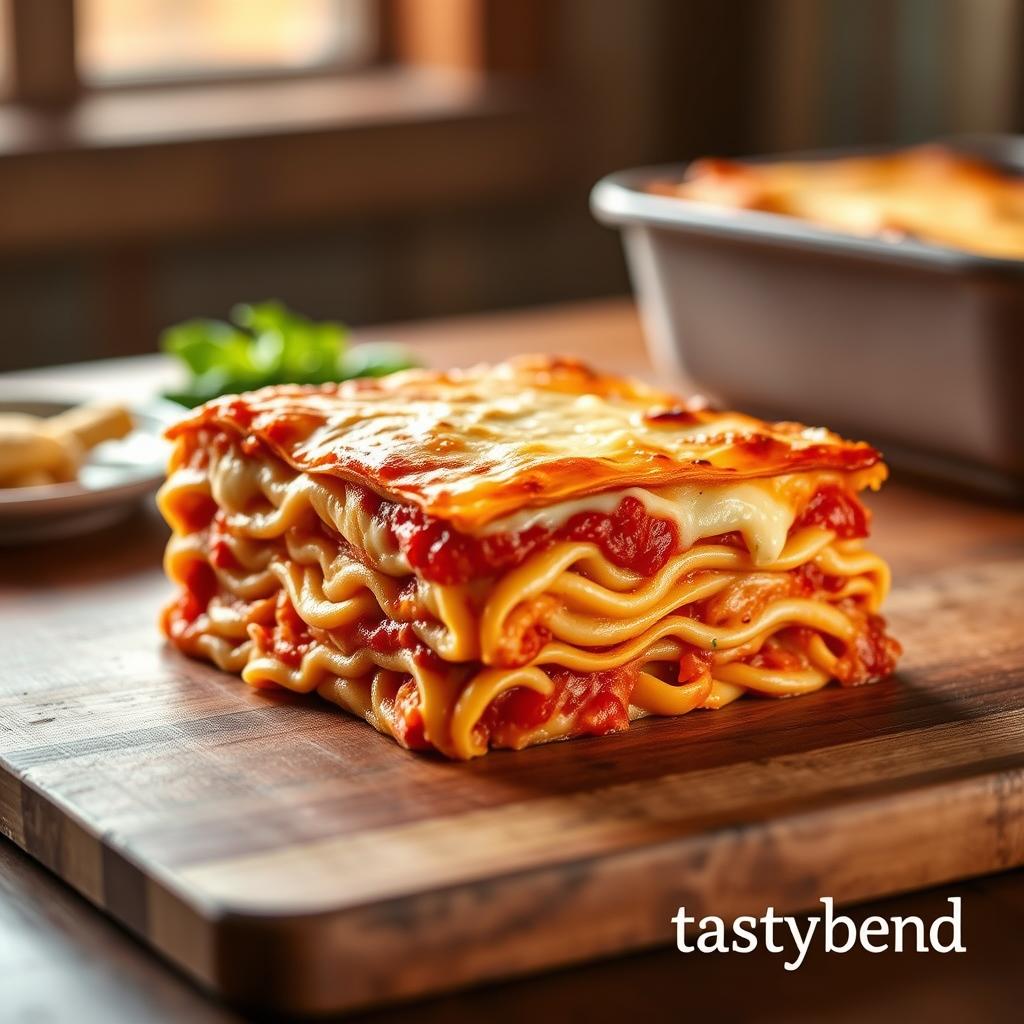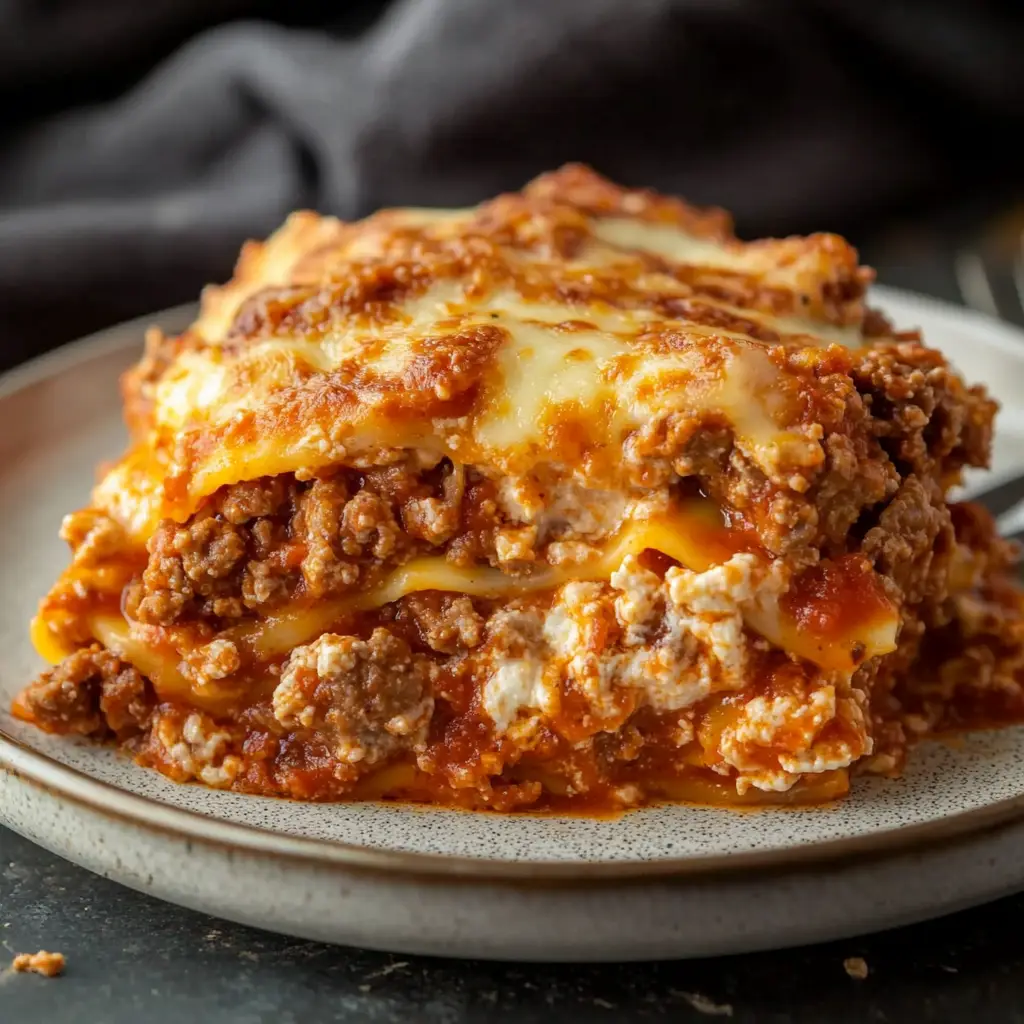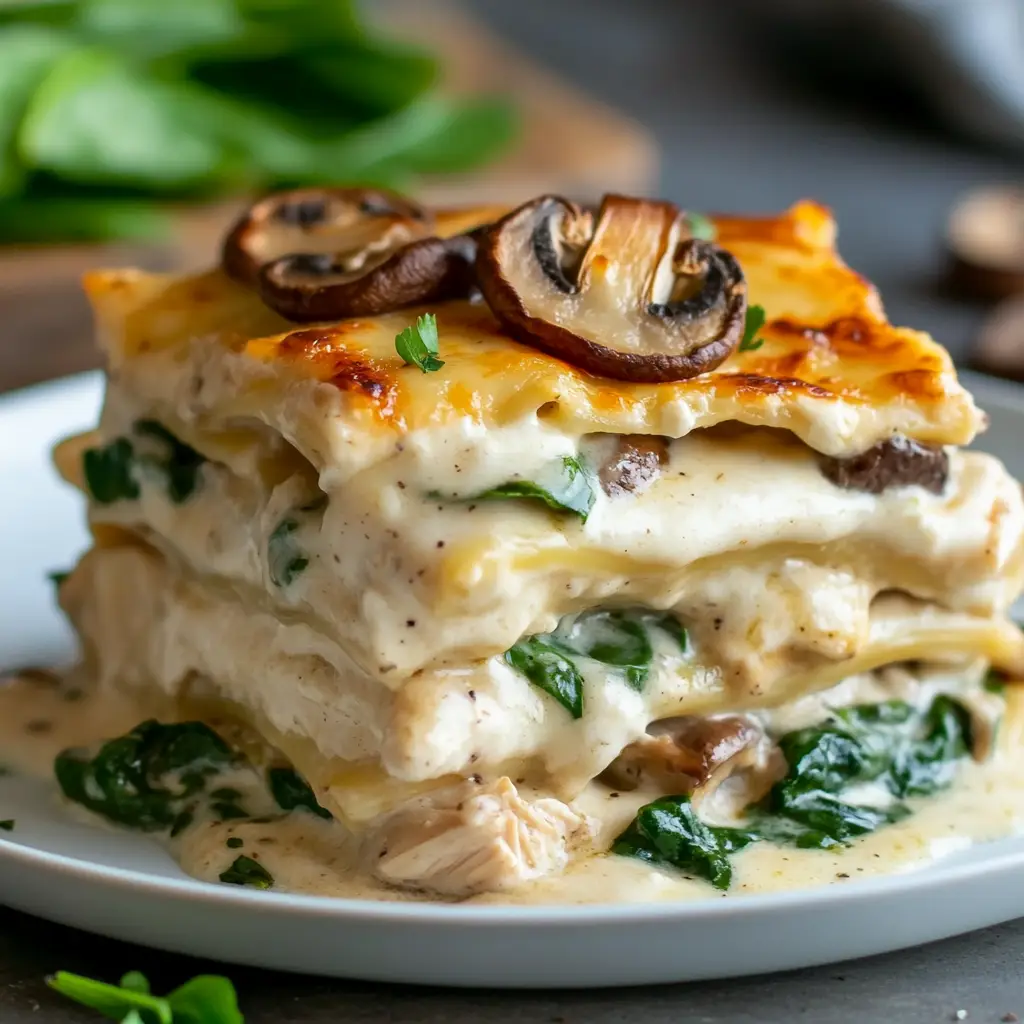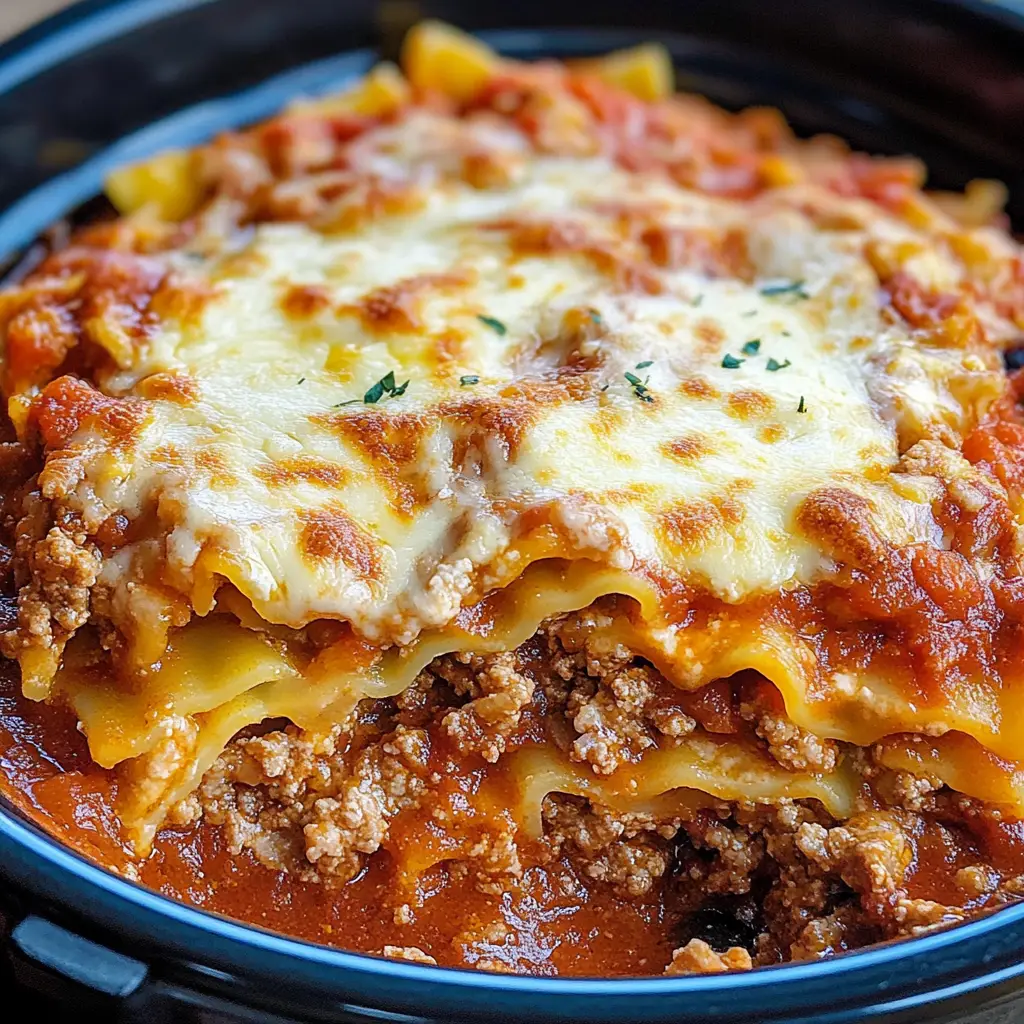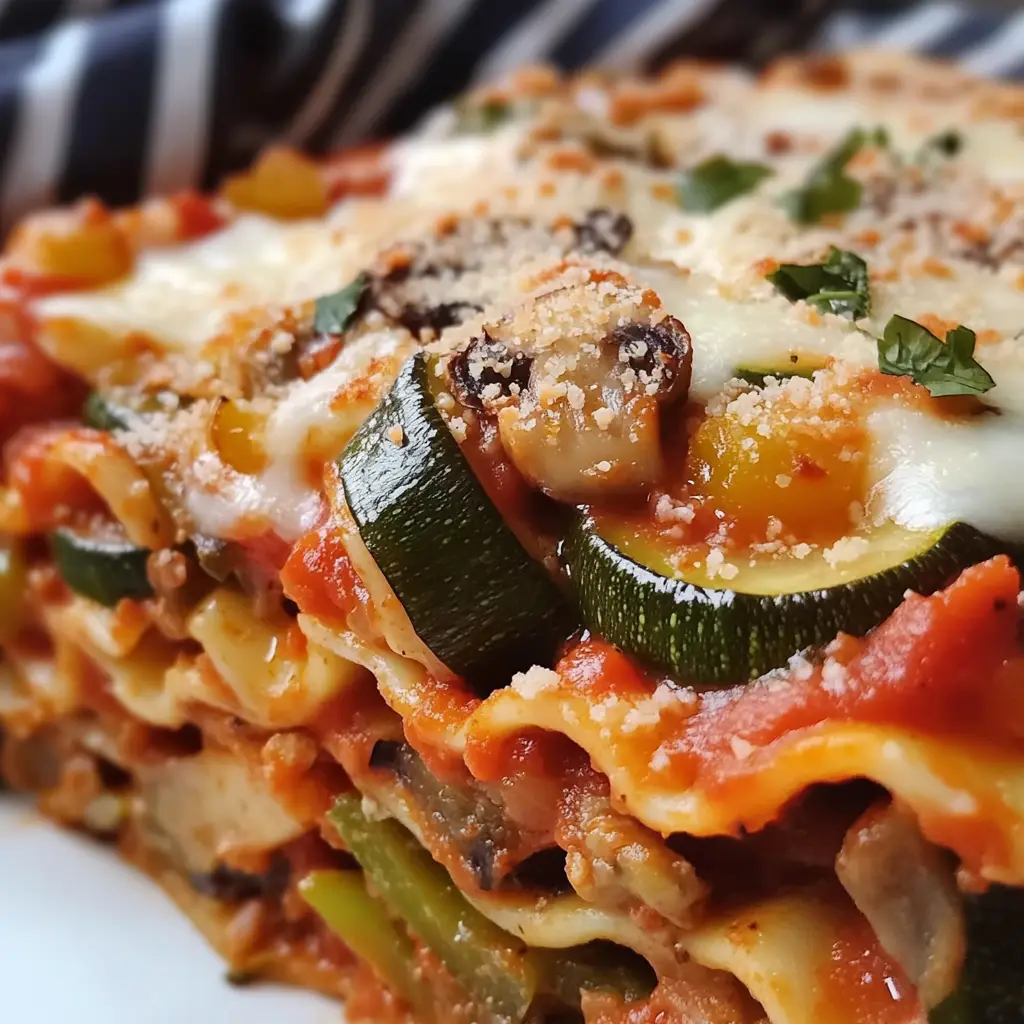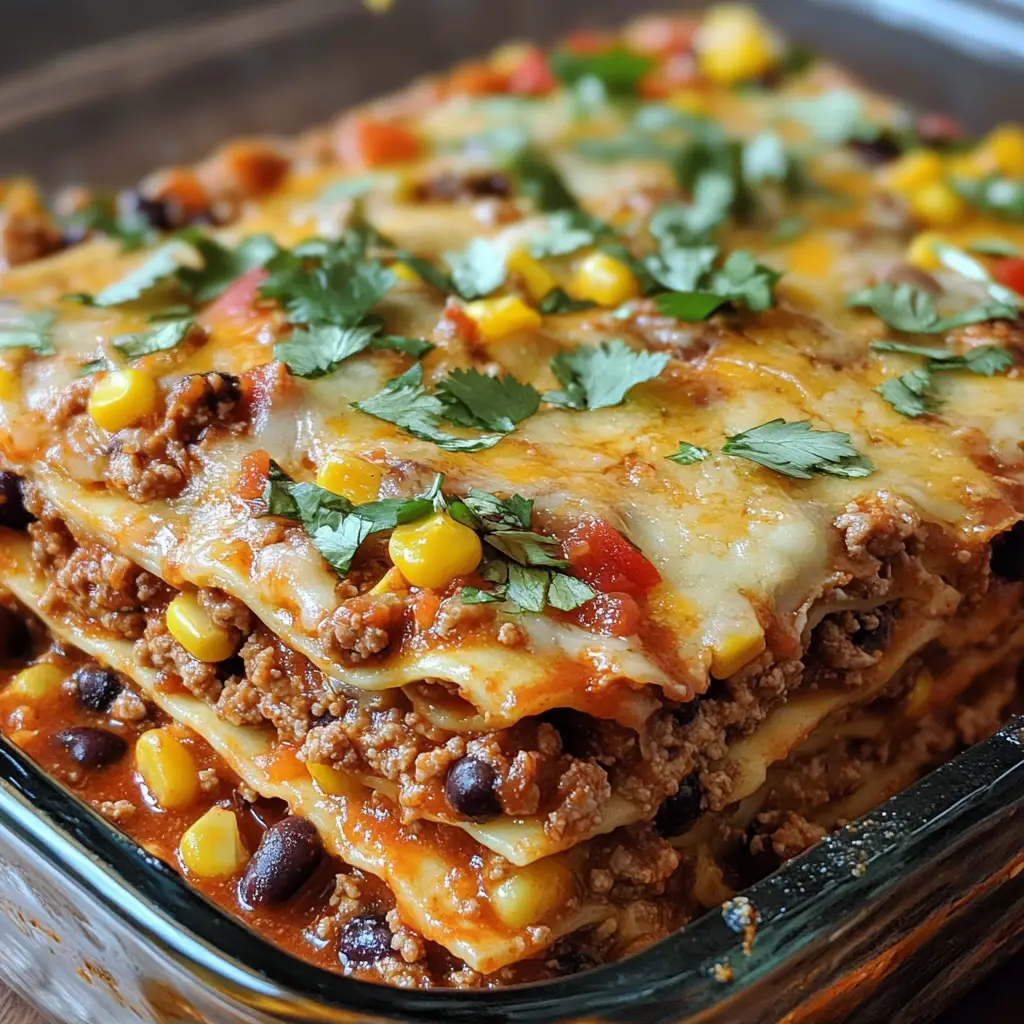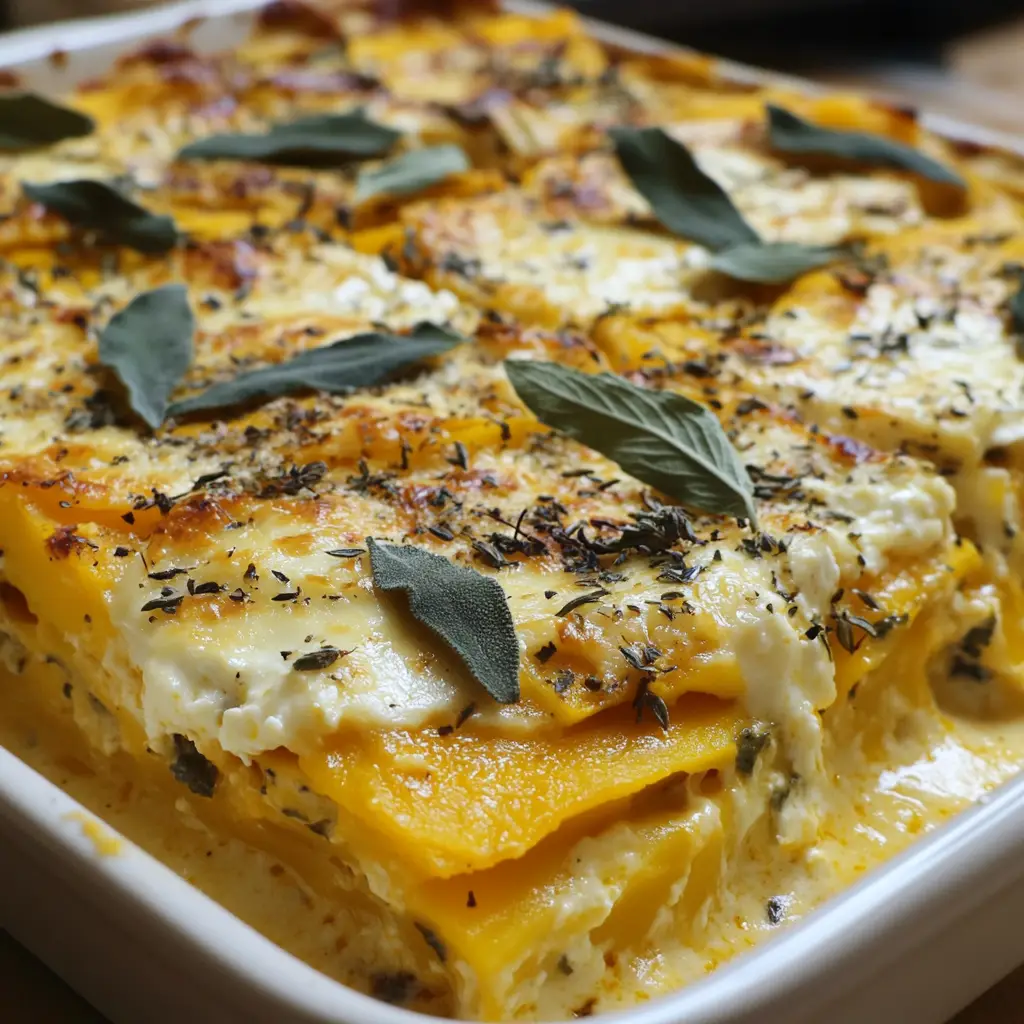Homemade lasagna is a beloved comfort food that can be prepared even on busy weeknights. It’s a versatile dish that can be tailored to suit various tastes and dietary preferences.
You can choose from 10 diverse lasagna recipes that cater to different tastes and time constraints. These recipes are perfect for family dinners, meal prep, or feeding a crowd. Homemade lasagna is not only more flavorful but also cost-effective compared to restaurant versions.
From classic beef to innovative vegetable-based options, our collection has something for everyone. Each best lasagna recipe includes a link to the full detailed instructions, making it easy to get started.
Key Takeaways
- 10 diverse lasagna recipes for different tastes and dietary needs
- Perfect for family dinners, meal prep, or feeding a crowd
- Homemade lasagna is more flavorful and cost-effective
- Recipes cater to various time constraints
- Links to full detailed instructions for each recipe
Why Homemade Lasagna Is Worth the Effort
Creating your own lasagna recipe at home allows for a level of customization and quality control that’s unmatched by commercial alternatives. When you make lasagna from scratch, you have the freedom to choose the ingredients that go into your dish, ensuring that every layer is packed with flavor.
One of the primary advantages of homemade lasagna is its superior flavor compared to store-bought or restaurant versions. By selecting high-quality cheese and sauce, you can create a dish that’s both rich and satisfying. Moreover, making lasagna at home allows you to control the ingredients, adjusting the flavors and components to suit your family’s preferences.
| Benefits of Homemade Lasagna | Description |
|---|---|
| Superior Flavor | High-quality ingredients ensure a rich and satisfying taste. |
| Cost-Effectiveness | Feeds a crowd for significantly less than dining out. |
| Versatility | Perfect for busy weeknights as a make-ahead meal that reheats beautifully. |
| Customization | Easily accommodate dietary restrictions or preferences. |
Making lasagna is also a great way to create a family tradition. The process of layering sauce, noodles, and cheese can be a fun and engaging activity for everyone involved. Plus, the aroma of lasagna baking in the oven creates a warm, inviting atmosphere in your home, making it a great way to spend time together.
By investing a little time in preparing a homemade lasagna, you’re not only creating a delicious meal but also a memorable experience. With the right recipe, you can enjoy a best lasagna that’s tailored to your taste, making it a truly satisfying culinary experience.
What Makes the Best Lasagna Recipe
Crafting an exceptional lasagna requires a deep understanding of its fundamental elements. To create the best lasagna recipe, you need to focus on the quality of the sauce, noodles, and cheese.
First and foremost, choosing a high-quality pasta sauce is crucial. This sauce serves as the foundation of your lasagna, providing the primary flavor profile. Alongside the sauce, perfectly cooked noodles are essential to avoid an unpleasant texture.
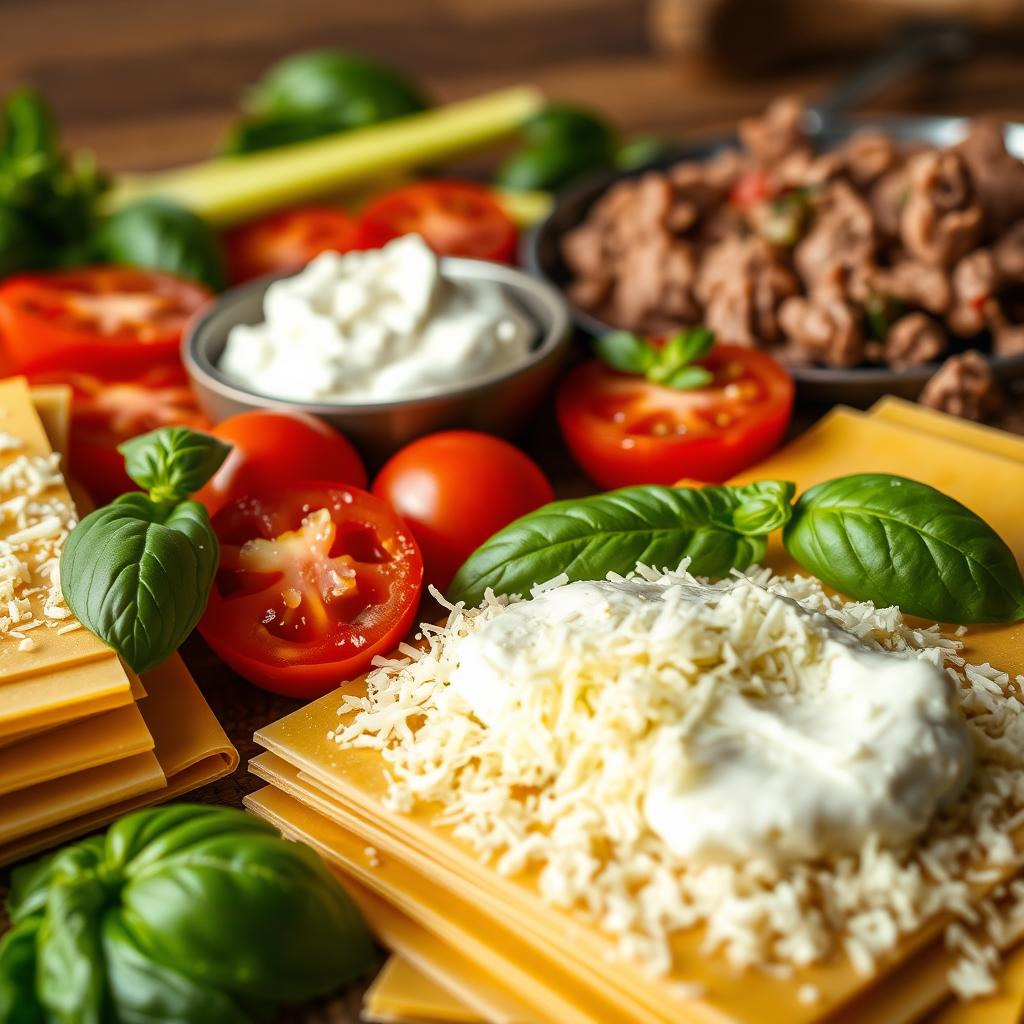
The cheese blend is another critical component. A mix of ricotta, mozzarella, and parmesan cheese creates a rich, creamy layer that complements the savory sauce and noodles. The technique of layering these ingredients is also vital; it ensures that the lasagna holds together when served.
Baking the lasagna for one hour, covered with aluminum foil for most of the cooking time, prevents it from drying out. Adding the cheese during the last 15 minutes allows it to become browned and bubbly. After baking, letting it rest for at least 15 minutes is crucial for making cleaner slices.
By focusing on these key aspects—quality ingredients, proper layering, and the right cooking method—you can create a truly outstanding lasagna that will satisfy any pasta lover’s cravings.
Classic Beef Lasagna
For many, the quintessential lasagna experience is rooted in the classic beef lasagna recipe. This traditional dish is characterized by its rich, savory meat sauce made with ground beef, onions, and garlic. The sauce is the foundation upon which the rest of the dish is built.
The layering of al dente lasagna noodles with the meat sauce and a blend of ricotta, mozzarella, and parmesan cheese creates a harmonious balance of flavors and textures. This version balances the acidity of the tomato sauce with the creaminess of the cheese mixture, making it a crowd-pleaser that appeals to both adults and children.
This recipe can be prepared ahead of time and refrigerated or frozen for later baking, making it a convenient option for meal planning. Serving it with a simple green salad and garlic bread completes the meal. While it takes some time to prepare, the results are well worth the effort.
Vegetarian Spinach and Ricotta Lasagna
Our Vegetarian Spinach and Ricotta Lasagna offers a delicious twist on traditional lasagna without sacrificing flavor or satisfaction. This protein-rich alternative is centered around a creamy ricotta and spinach filling, providing both nutrition and delicious taste.
The combination of spinach, ricotta, and mozzarella creates a perfect balance of flavors and textures, making this dish a standout. This version is lighter than meat lasagna but still hearty enough to serve as a main dish, making it perfect for Meatless Mondays or when serving guests with different dietary preferences.
You can use store-bought marinara sauce for convenience or make your own for a more personalized flavor. This vegetarian lasagna recipe can also be adapted to include other vegetables like mushrooms or zucchini for added nutrition and variety. The spinach adds nutritional value while complementing the creamy cheese components, making this dish both healthy and satisfying.
Chicken and Mushroom White Lasagna
You can create a mouth-watering, comforting meal with Chicken and Mushroom White Lasagna, featuring a béchamel sauce. This creamy variation uses a white sauce instead of tomato sauce, offering a different flavor profile. The combination of tender chicken pieces and sautéed mushrooms provides protein and an earthy flavor, making it a satisfying lasagna recipe.
The white sauce is made with butter, flour, milk, and garlic, creating a rich, velvety texture. When layering this lasagna, you alternate the chicken and mushroom mixture with the white sauce and cheese, using noodles as the base.
This version offers a milder flavor that appeals to those who may not prefer tomato-based sauces. Fresh herbs like thyme or tarragon can enhance the flavor of the chicken and mushroom combination. You can also make this recipe with leftover rotisserie chicken for a time-saving shortcut, mixing the various ingredients together.
No-Noodles Zucchini Lasagna
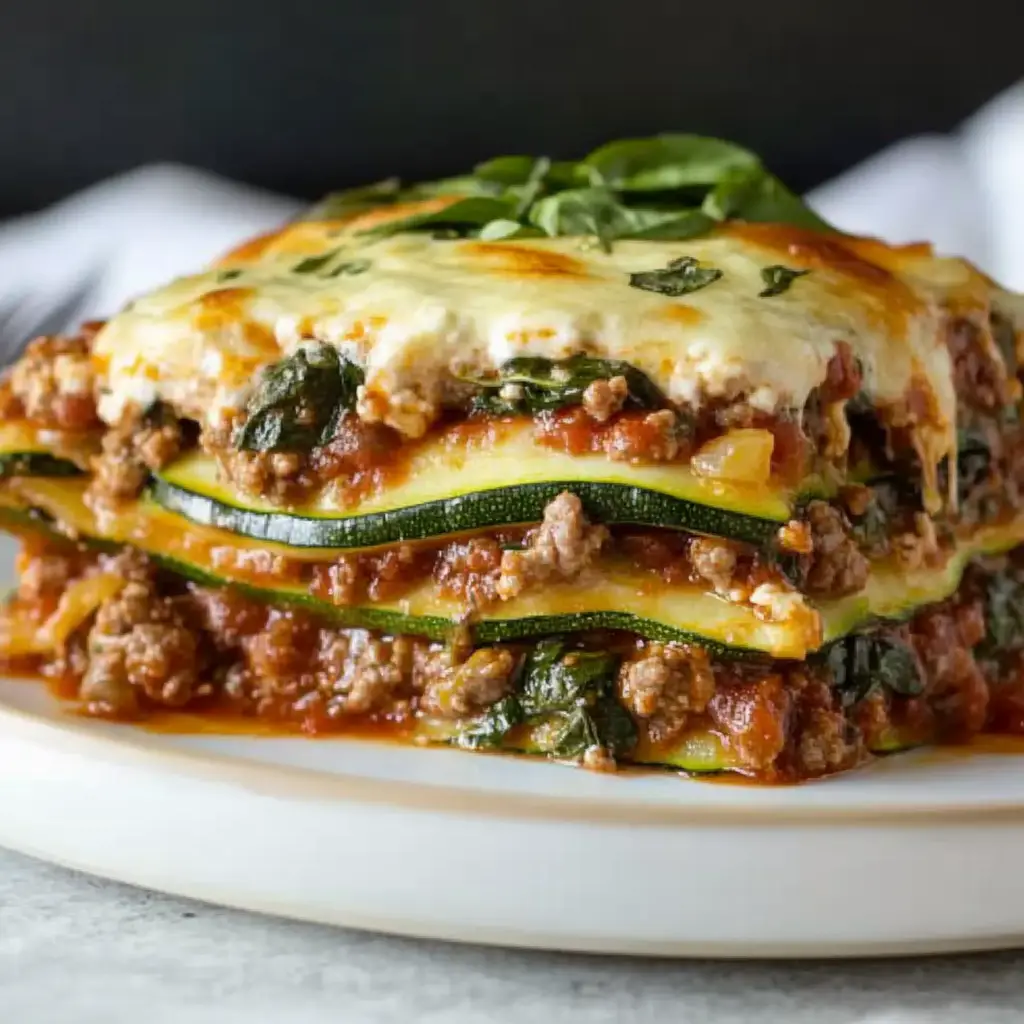
You can enjoy lasagna without the noodles by substituting pasta sheets with thinly sliced zucchini. This low-carb, gluten-free alternative maintains the layered structure and flavors of classic lasagna.
To prevent a watery final dish, it’s crucial to remove excess moisture from the zucchini slices. You can do this by salting them and letting them sit before patting dry.
This zucchini lasagna recipe is versatile, accommodating either a meat sauce or vegetarian filling, making it suitable for various dietary preferences. The natural flavor of zucchini complements both tomato sauce and cheese components, creating a delicious and satisfying meal.
Perfect for summer when zucchini is abundant, this lighter version of lasagna is ideal for those following keto, low-carb, or gluten-free diets. The cheese and sauce remain similar to traditional lasagna, maintaining familiar flavors.
Skillet Lasagna
Simplify your dinner routine with a quick skillet lasagna that delivers on flavor. This one-pan wonder cooks in just 30 minutes, making it perfect for weeknight dinners.
By cooking broken lasagna noodles directly in the sauce, you eliminate the need for pre-boiling and multiple dishes. This method maintains the essential components of lasagna—pasta, sauce, and cheese—while streamlining the preparation.
The skillet lasagna offers a slightly different texture than traditional layered lasagna but retains all the rich flavors. It’s ideal for smaller households as it can be easily scaled down. You can cook it in a large pan over medium heat, making it a convenient recipe for busy nights.
Slow Cooker Lasagna
One of the most convenient ways to enjoy lasagna is by using a slow cooker. This hands-off method allows you to prepare dinner in the morning and have it ready by evening. Simply layer uncooked noodles with your favorite sauce and cheese mixture directly in the slow cooker.
The low, slow cooking process ensures that the flavors meld beautifully, and the noodles come out perfectly tender. This method is ideal for busy days when you won’t have time to cook dinner in the evening. It’s also versatile, working well for both meat-based and vegetarian lasagna variations.
The slow cooker retains moisture, creating a particularly succulent lasagna. While the total cooking time is longer, the active preparation time is significantly reduced. You can prepare slow cooker lasagna up to 24 hours in advance and keep it on the warm setting until you’re ready to serve.
Roasted Vegetable Lasagna
Roasted Vegetable Lasagna is a vibrant twist on the classic Italian dish, showcasing the rich flavors of seasonal produce. By roasting vegetables like bell peppers, zucchini, eggplant, and onions, you intensify their flavors before layering them in your lasagna.
The process of roasting adds a depth to the dish that fresh vegetables wouldn’t provide, thanks to the caramelization that occurs during roasting. This recipe is highly versatile, accommodating whatever vegetables are in season or available to you.
Mexican-Inspired Lasagna
For a cross-cultural twist, consider making a Mexican-Inspired Lasagna. This variation replaces traditional Italian flavors with elements like black beans, corn, and a Mexican cheese blend, giving your lasagna a bold new flavor profile.
The addition of spices like cumin and chili powder further enhances the Mexican-inspired flavors, creating a dish that’s both familiar and excitingly new. This lasagna is perfect for those looking to spice up their meal routine.
Butternut Squash and Sage Lasagna
Another delicious variation is the Butternut Squash and Sage Lasagna, which pairs the sweet, nutty flavor of roasted butternut squash with the aromatic warmth of sage. This comforting dish is perfect for fall and winter evenings.
Unlike traditional lasagna recipes that rely on tomato sauce, the Butternut Squash and Sage Lasagna often uses a béchamel sauce, providing a rich and creamy complement to the roasted squash. This variation showcases the versatility of lasagna as a format, rather than a strictly defined dish.
Seafood Lasagna
Bring a touch of elegance to your dinner table with Seafood Lasagna, a luxurious twist on the classic dish. This variation features a rich medley of seafood such as shrimp, scallops, and crab meat, layered with a creamy béchamel sauce infused with garlic and lemon zest.
The combination of tender seafood, fresh spinach, and a blend of ricotta, mozzarella, and parmesan cheeses creates a light yet decadent flavor profile. Thin lasagna noodles hold the layers together, allowing the delicate seafood flavors to shine.
Perfect for special occasions or when you want to impress your guests, this seafood lasagna offers a refined, comforting alternative to traditional meat-based versions. You can prepare it ahead of time and simply bake it before serving, making it a convenient and show-stopping meal.
Tips for Lasagna Success
One of the most frustrating lasagna mishaps is when the cheese sticks to the foil. To avoid this, you can use a simple trick: poke 8-10 toothpicks evenly around the top of your lasagna, pushing them in halfway. This prevents the foil from touching the cheese. Just remember to count and remove every toothpick before serving.
Cooking your lasagna noodles to al dente is crucial. This means they should be “firm to the bite.” Since your lasagna will bake for 45 minutes, it’s better to undercook the noodles slightly, as they will continue to cook during baking.
Proper layering techniques and letting the lasagna rest for 15-30 minutes after baking are also key. This allows the lasagna to set, making it easier to slice. Additionally, ensuring your sauce has the right consistency—not too watery or too thick—will prevent a runny or dry lasagna. 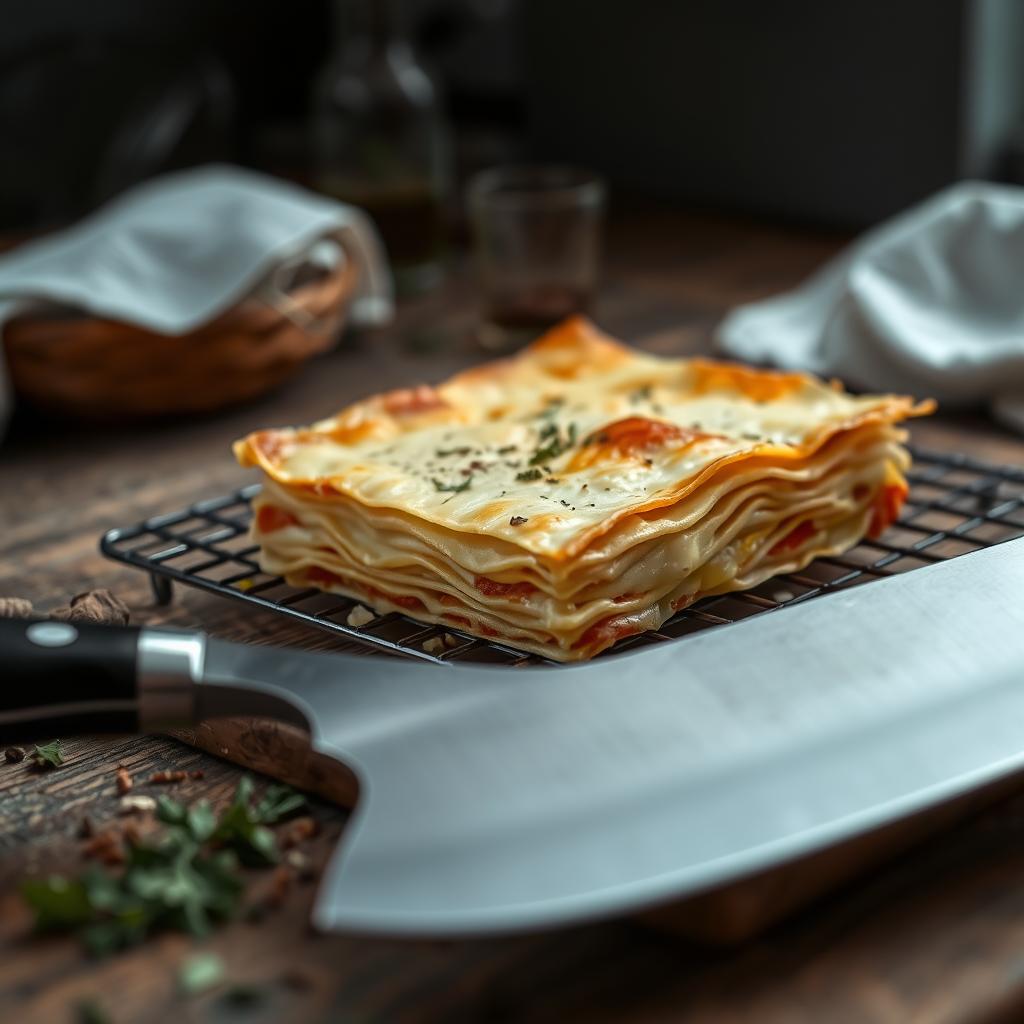 By following these tips, you can achieve a perfectly baked lasagna with a golden top and bubbling edges, all within a reasonable baking time of around 45 minutes.
By following these tips, you can achieve a perfectly baked lasagna with a golden top and bubbling edges, all within a reasonable baking time of around 45 minutes.
Conclusion
The world of lasagna is vast and exciting, and with these 10 recipes, you’re ready to explore it. You’ve discovered a variety of lasagna recipes that cater to different tastes and dietary needs, showcasing the versatility of this beloved dish.
Homemade lasagna may require some time and effort, but the payoff is well worth it. Not only do you get to customize the ingredients to your liking, but you also end up with a more flavorful and satisfying meal compared to store-bought alternatives.
Feel encouraged to experiment with different variations based on your preferences and available ingredients. Many of these recipes can be adapted to accommodate dietary restrictions or preferences, making lasagna a great option for everyone. Remember, the key to a great lasagna lies in the layering and balancing of flavors, a technique that applies across all variations.
With these 10 recipes and our tips for success, you now have a comprehensive lasagna-making toolkit. Don’t hesitate to share your own lasagna creations or experiences with the recipes provided. Pair your lasagna with a fresh salad, some crusty bread, or roasted vegetable sides for a complete meal, and enjoy sharing the joy of homemade lasagna with family and friends.

